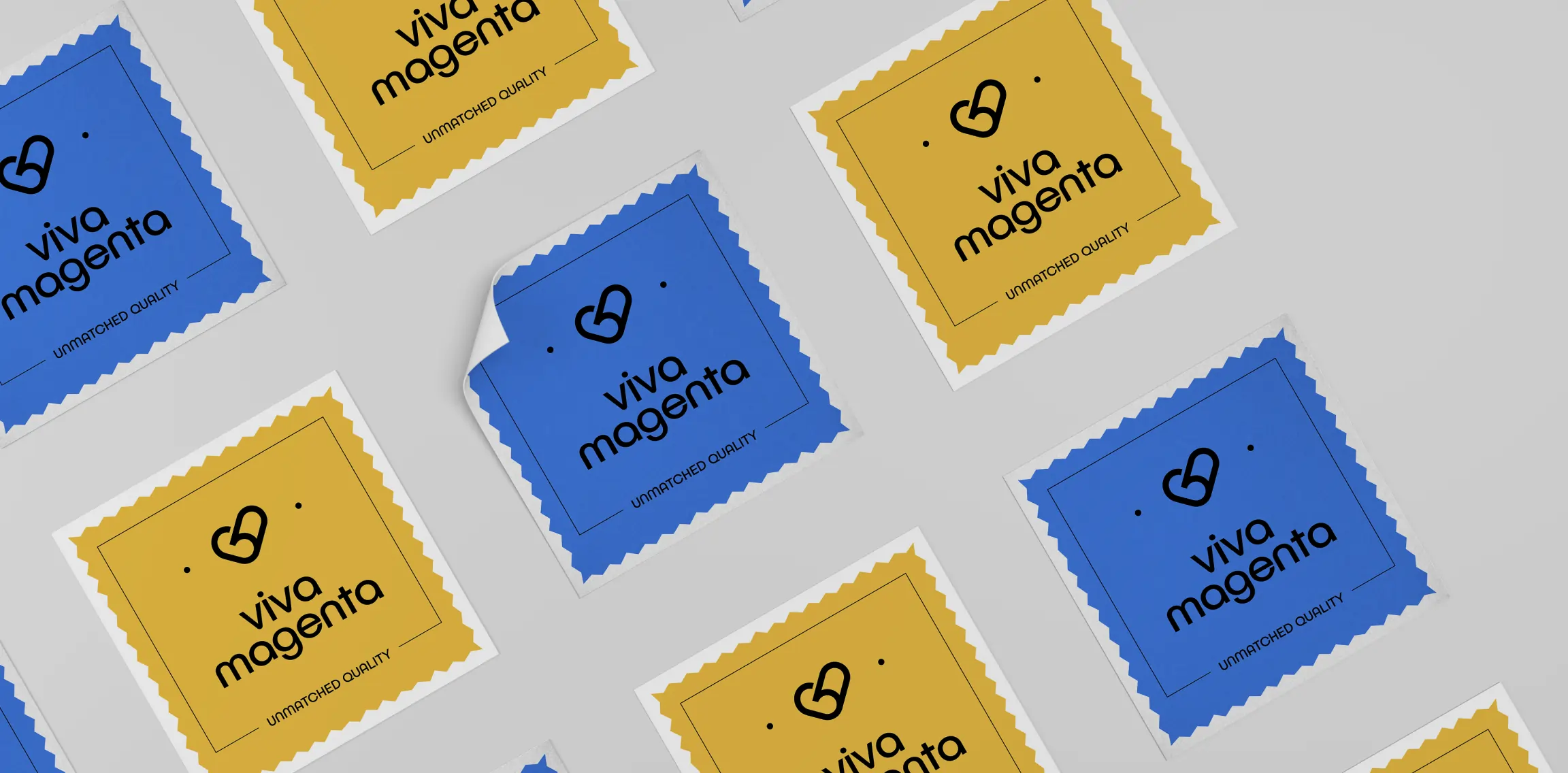A Quick Guide to Choosing the Right Label Adhesive
What is the Best Adhesive for Labels?
The effectiveness of adhesive labels depends heavily on your specific application needs. While several options exist for label packaging, acrylic and hot melt adhesives lead the market for roll labels. Acrylic adhesives offer exceptional durability and perform optimally from -20°C to 80°C. They bond effectively with various materials, including plastics and metals, making them versatile for multiple packaging designs. Their clear, non-yellowing finish enhances the visual appeal of labels on a roll, making them ideal for premium applications.
Is Hotmelt Adhesive Strong?
Hotmelt adhesives have earned their reputation for creating powerful initial bonds with quick setting times. These adhesive labels demonstrate impressive strength, particularly on porous surfaces like paper and cardboard. Operating effectively in temperatures ranging from -20°C to 70°C, hotmelt adhesives provide reliable performance for standard label packaging applications. Their immediate grab and strong initial tack make them particularly valuable for high-speed production environments where quick bonding is essential.
What is the Difference Between Hotmelt and Acrylic Adhesive Labels?
The choice between hotmelt and acrylic adhesive labels often comes down to specific application requirements. Acrylic adhesives excel in versatility and long-term performance. When producing labels on a roll, acrylic adhesives offer:
Strong adhesion to smooth surfaces
Broader temperature resistance
More suitable for food applications
Cost-effective solutions for standard applications
Hotmelt adhesives, conversely, provide:
Stronger tack
Better performance on porous surfaces
Adhesion to a wide range of surfaces
Faster setting time
Surface Considerations for Label Applications
The success of your adhesive labels depends significantly on proper surface preparation and application. For optimal performance of your roll labels:
Ensure Clean Surfaces: Remove any dust, oil, or moisture that could compromise adhesion. Clean surfaces are crucial for the performance of both hotmelt and acrylic adhesives.
Consider Temperature: For best results, apply labels at room temperature. Extreme temperatures can affect the initial bond strength of both adhesive types.
Apply Proper Pressure: Whether using hotmelt or acrylic adhesive labels, firm pressure during application ensures optimal bond formation and eliminates air bubbles.
Temperature Range and Environmental Factors
Temperature resistance varies significantly between adhesive types. Acrylic adhesives generally offer broader temperature resistance, making them ideal for products that may face environmental extremes. Hotmelt adhesives, while slightly more limited in temperature range, provide excellent performance in standard conditions.
Making the Right Choice for Your Label Packaging
When selecting adhesive labels for your products, consider:
The surface material of your packaging
Expected storage and use conditions
Required durability and longevity
Production speed requirements
Budget constraints
Why Choose Professional Label Solutions?
Professional label packaging solutions combine suitable adhesive with appropriate face materials and release liners. Whether you need roll labels for high-speed application or specialised adhesive labels for challenging conditions, working with experienced label manufacturers ensures optimal results. They can guide you in selecting between hotmelt and acrylic adhesives based on your requirements.
The right choice of adhesive enhances the functionality of your labels and contributes to your product's overall presentation and reliability. Consider your specific needs, environmental conditions, and application requirements when selecting hotmelt and acrylic adhesive options for your roll labels.

